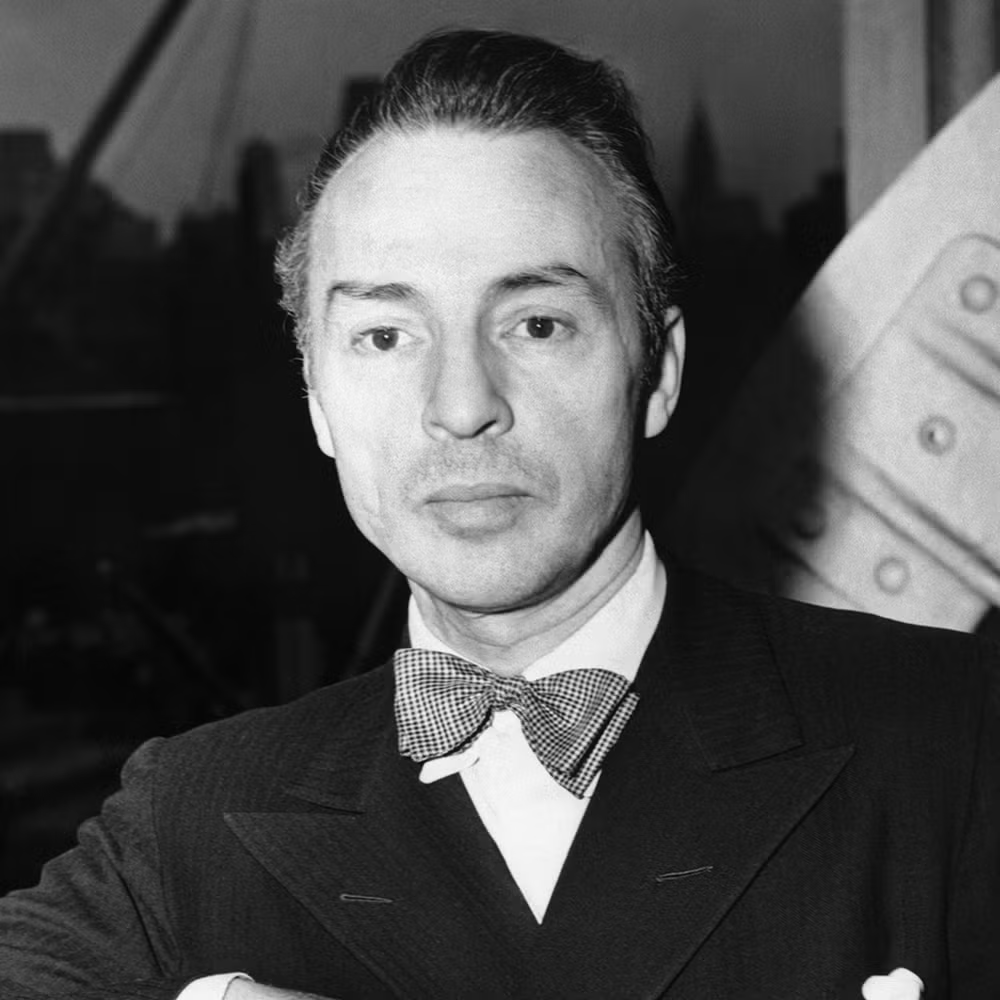
Table of Contents
Who Was George Balanchine?
George Balanchine was a pivotal figure in the world of ballet, recognized for his profound influence on the art form. He began his journey in ballet and music in Russia before moving to the United States, where he gained prominence as a young choreographer. Balanchine co-founded the American Ballet and later became the co-founder, artistic director, and chief choreographer of the New York City Ballet. His works have been performed by nearly every ballet company worldwide, cementing his legacy as one of the greatest choreographers in ballet history.
Early Life
Born Georgy Melitonovich Balanchivadze on January 22, 1904, in St. Petersburg, Russia, Balanchine was the son of a composer, which instilled in him a strong appreciation for music. In 1914, he enrolled at the Mariinsky Theatre’s ballet school and graduated in 1921. He furthered his education at the Petrograd State Conservatory of Music but left after three years to pursue his passion for ballet.
In 1922, Balanchine married Tamara Gevergeyeva, a ballet student who was only 15 years old, marking the first of four marriages to dancers, each of whom inspired a ballet creation. His career took a significant turn in 1924 when he was invited to tour Germany with the Soviet State Dancers. The following year, he joined Serge Diaghilev’s renowned Ballet Russes, where, at just 21 years old, he assumed the role of choreographer for the company, further solidifying his status in the ballet community. It was at Diaghilev’s insistence that Balanchivadze became known as George Balanchine.
Life in America: “The Nutcracker”
After the Ballet Russes disbanded, George Balanchine founded Les Ballets in 1933. Following a performance, he was approached by American dance enthusiast Lincoln Kirstein, leading to a prolific 50-year creative partnership. Together, they established the School of American Ballet in 1934. The following year, they launched the professional company known as the American Ballet, which became the official ballet company of New York’s Metropolitan Opera until 1936. In 1946, Balanchine and Kirstein co-founded what would eventually evolve into the New York City Ballet. Balanchine took on the role of artistic director, with the company performing at the New York State Theater at Lincoln Center. Over the years, he choreographed more than 150 works for the company, including his renowned adaptation of “The Nutcracker.” Despite financial constraints, Balanchine often chose to have the dancers perform in practice attire rather than elaborate costumes.
Legacy and Death
In addition to his contributions to ballet, Balanchine also choreographed for Hollywood films and Broadway musicals. He forged a significant artistic partnership with composer Igor Stravinsky, creating numerous ballets set to his music, some of which were collaborative efforts. In total, Balanchine created over 465 works, many of which have been performed by nearly every ballet company worldwide.
Balanchine was known for his innovative approach to ballet, favoring plotless works that emphasized dance over extravagant staging and storytelling. He deliberately avoided highlighting individual star performers, believing that the collective performance should take precedence. He is widely credited with developing the neo-classical style that became synonymous with 20th-century ballet. Balanchine served as the artistic director of the New York City Ballet until his death on April 30, 1983, in New York City.
